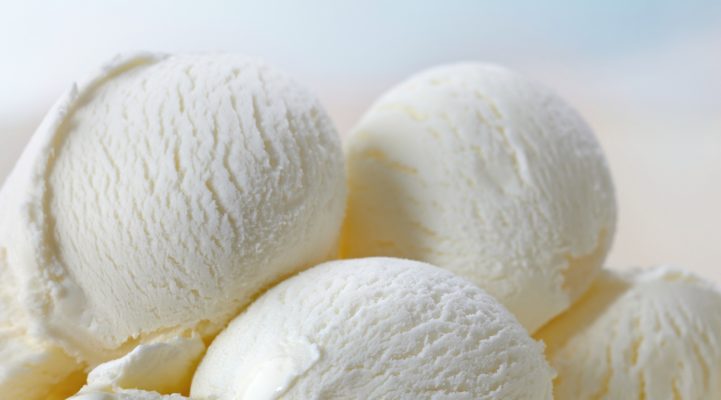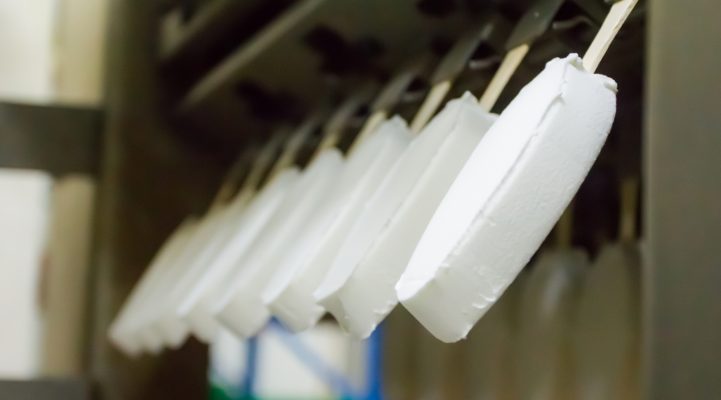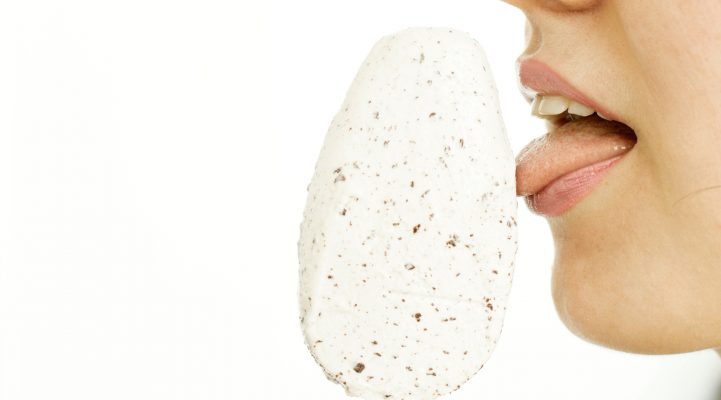
When the initial rays of sunshine during summer lead to long queues at the ice cream van or parlour, we know we’ve hit the start of the annual Ice Age once again! From lollies to soft-serve to scoops, almost no one can resist the inherent delight of a smooth chocolate, strawberry or vanilla ice cream. And, with sumptuous summer thoughts in our minds, we have put together 11 little-known and interesting facts about ice cream that just may surprise you – and might well inspire your next ice cream rush…
- Did you realise that ice cream history begins way back in ancient China? The Chinese rulers created huge ice storage pits and it is believed they were particularly partial to flavoured ices.In the sixteenth century, the Mughal emperors used relays of horsemen to bring ice from the Hindu Kush to Delhi, where it was used in fruit sorbets. In Europe meanwhile, the Roman Emperors had fast runners to bring them snow and ice from the Apennine Mountains. They enjoyed their icy treats mixed with fruit, honey or rose water – so, not that much different from today, really.

- The first ice-lolly was patented in the USA in 1923. It was invented by lemonade manufacturer Frank Epperson, who claimed to have stumbled upon the idea completely by accident in 1905 having left out a glass of lemonade with a spoon in it. It froze overnight to create the first lemonade ice-lolly. On 9th October 1923, Epperson’s fellow countryman Harry Bust registered a patent for vanilla ice cream on a stick with a chocolate coating.

- Soft serve ice cream boomed in the 1970s and 80s. This type of ice cream initially created problems from a hygiene perspective: many people became ill after eating it as it was made using raw eggs. Today, soft serve ice cream no longer contains raw egg and professional soft ice cream machines use a pasteurised substitute instead.

- In the 19th century, many Italian immigrants sold ice creams from a van or from the window of their home. Piles of floorboards were often placed in front of these so that customers could reach the window more easily, and the first ice cream parlours were born.

- Most Italian ice cream producers come from the Val di Zoldo, a valley in the Dolomites. This explains why ‘Dolomiti’ is such a popular name for ice cream parlours.

- In the USA, vanilla ice cream is commemorated annually with its own special day – the 23rd July is ‘National Vanilla Ice Day’.

- Nancy Johnson invented the ice cream making machine in 1843. It was operated with a hand crank and revolutionised ice cream production.

- Dairyman Jacob Fussell from Baltimore established the first factory for industrially produced ice cream on 15 June 1851 in Seven Valleys, Pennsylvania.
- The origin of the first ice cream cone is unknown nevertheless, the New York Museum of Modern Art houses in its collection ice cream cones from Italo Marchioni that date from 1896. In Manchester (England), Antonio Valvona received the first known patent for a device that could mechanically produce biscuit cups for ice cream in 1902.

- The former British Prime Minister Margaret Thatcher was part of a team of developers that invented soft serve ice cream.

- In Europe, the Scandinavian countries Finland, Sweden and Norway lead the ice cream consumption tables at over twelve litres per capita annually. In Italy (the birth place of modern-day ice cream), the annual per capita consumption is about 5.5 litres whereas in India We are still at the level of 400 ml of per capita consumption of ice-cream per year compared to the global average of 2,300 ml
If you enjoyed this post, make sure you subscribe to our newsletter and keep up-to-date with all the news from the Liebherr World of Freshness.
Or, if you have any questions or comments about what you’ve read, please get in touch with us! Simply use the comment function below this post or join in a discussion with us on Facebook.
